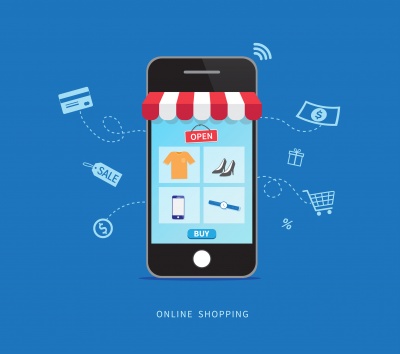THE IMPORTANCE OF NAVIGATION FOR E-COMMERCE SITES

We have all been on a website that’s difficult to use. We get lost in the pages, have no idea how to get to where we want to be and end up leaving to find a site that offers a better user experience. This is why good navigation is so important, even more so on an e-commerce site. The best navigation is planned long before the development stage begins. Ecommerce sites can become overly complicated, particularly if you have lots of categories and thousands of products, so the navigation must be as seamless as possible for the user. There are lots of reasons why time, thought, and planning should be allocated to site navigation. Here are just a few:
Better User Experience
As we have already touched upon, visitors looking for information on the products that you sell want your site to be super easy to use. When a website is logically structured, it will keep people on your site for longer, which is a positive thing for many reasons. Website design should always take into consideration user experience (UX). Not only will it help to create a memorable experience for visitors, but it will also improve UX signals which in turn give your SEO a boost too. Customers who visit websites with strong UX signals will often remember their positive experience and are much more likely to return for future purchases.
Boosts Dwell Time
Dwell time is the amount of time that someone spends on a page or looking around the different pages on your site. With a strong navigation structure, visitors can quickly and easily browse your website, go back, search categories and products, filter and find what they need. All of these tasks are made easier with effective navigation. The longer they stay, and the longer the dwell time, the higher the chances of the visitor converting into a customer. There may be other instances when a visitor lands on your website and they know exactly what product they want, but if the navigation fails to show them where to go or what they should do, this can reduce dwell time and even increase bounce rate.
Reduces Bounce Rate
Bounce rate is when a visitor lands on your website and then leaves without visiting any other pages on your site. If a visitor clicks on a link from search, socials, or an ad, but they can’t find what they need, or the navigation looks confusing or complicated, they will bounce off the page without looking any further. This is also true if they start using our navigation and it leads them to the wrong place or the dreaded page 404, page not found. Bounce rate also affects SEO so your rankings will be lower if your bounce rate is high.
Increased Conversions
Good website navigation will focus on conversions, subtly directing visitors towards the sale. Build your navigation, so it’s structured in a way that people expect. Don’t be overly creative with your navigation. This can only cause confusion. Make it simple and easy to use. Personalising searches is also a great way to boost conversions, so too is including a ‘recommended for you’ section. Whenever you build anything on your website, think about the visitor experience and remember that the product that customers are looking for should be no more than three clicks away.
Navigation is all about serving your customer first and foremost. Optimise search, include filters, and help to create a personalised experience. A versatile site navigation system can make all the difference.

